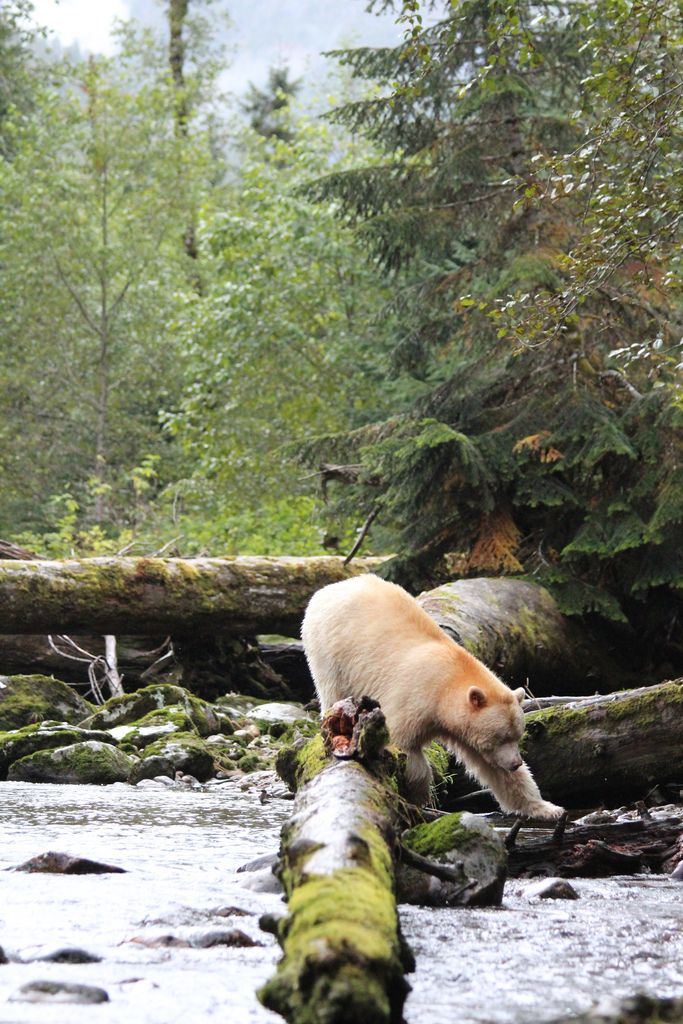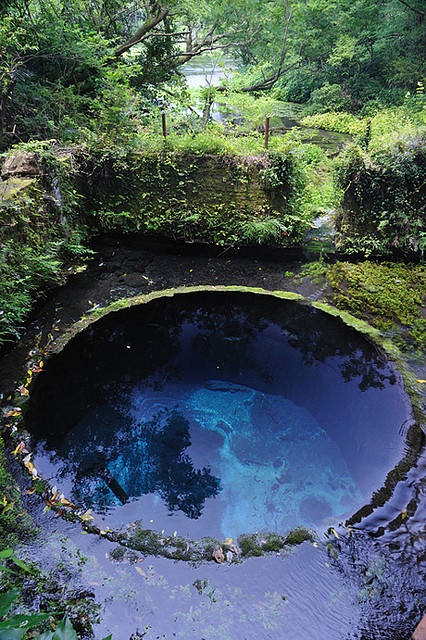Dear Integral Meditators,
How can you use meditation and mindfulness to go beyond your mind? This is the subject of this weeks article!
In the spirit of the spaces in between your thoughts,
Toby
 Going beyond the mind (The spaces between your thoughts)
Going beyond the mind (The spaces between your thoughts)
I was taking a mindfulness class the other day and one of the participants was relating a story about how relieved she was to discover that practising mindfulness did not require you to stop your thoughts (which she, like many of us considered a near impossible goal); to be mindful she just had to focus on the breathing or watch the thoughts as they came and went. This was a relief to her, and gave her both heart and confidence pursuing her practice.
Going beyond the mind as a goal
Whilst it is true that you don’t need to stop your thoughts when you practice mindfulness meditation, it is also true that one of the capacities that we are trying to develop in the medium and long term is to become able to create and sustain states of mindful awareness where we do actually go beyond or ‘behind’ the thinking mind. We can then start to explore this open space of silence and regeneration that is unknown to the vast majority of people, and leverage upon the developmental potential that it offers us. Below is a technique to begin learning to do this now, starting small and building consistently.
The practice: Watching the spaces between the thoughts
Stage 1: Begin by focusing on your breathing for three breaths, then for the next 10-30seconds mindfully watch your thoughts coming and going as a witness and observer. Then go back to another three breaths to center yourself, after which you then return to watching your thoughts. Alternate between the breath and the watching of your thoughts for a while.
Stage 2: Continue to come back to the breathing for three breaths, but now in the 10-30second gaps in between, rather than watching your thoughts, pay attention to the spaces in between your thoughts, and gently try and extend them for a moment or two longer each time one appears.
Stage 3: Once you get a feel for stage 2, you can start to use the three breaths in a slightly different way; as you breathe in feel yourself opening to the spaces in between your thoughts, and as you breathe out feel yourself relaxing into them as deeply as you can. This way each time you come back to the breathing you use it to deepen your ability to relax into the spaces between the thoughts.
Building comfort in the space beyond or behind the mind
The practice above is designed to be a simple way of gradually building your familiarity and comfort with the inner space in your mind that surrounds, interpenetrates and contains your thoughts. Your thoughts are like clouds, your mind itself (or your consciousness) is like the sky. You are learning to relax into your inner sky, and become comfortable in the space beyond your thoughts.
Leveraging on fatigue and exhaustion to go beyond the mind
Another space you can use to go beyond your mind is when you are really tired. Let’s say you are commuting back from work after a long day, mentally and physically exhausted; to exhausted even to think. Consciously ‘give up’ thinking for a while as you sit or stand in the carriage – let your mind become an open thoughtless space, do absolutely as little as possible, almost as if you were falling asleep (which you may do!) Relaxing into this experience will give you some insight into a state of consciousness ‘beyond the thinking mind’ as well as giving you a bit of a rest!
© Toby Ouvry 2016, you are welcome to use or share this article, but please cite Toby as the source and include reference to his website www.tobyouvry.com
Upcoming Courses at Integral Meditation Asia:
Ongoing on Wednesday’s, 7.30-8.30pm (next class July 6th) – Wednesday Meditation Classes at Basic Essence with Toby
Integral Meditation Asia
Online Courses * 1:1 Coaching * Live Workshops * Corporate Mindfulness Training *Life-Coaching * Meditation Technology









